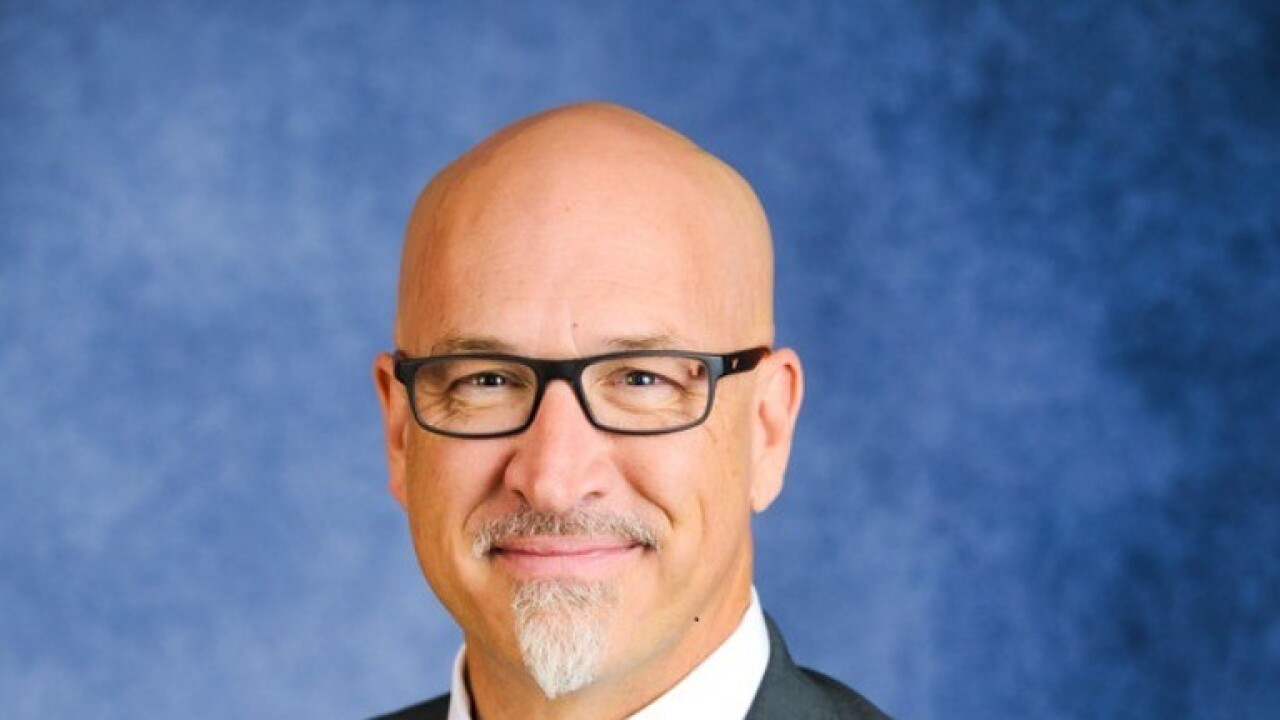Employers will now have access to a survey that determines their level of LGBT inclusion in the workforce.
The diagnostic survey, OL-iQ, was developed by global LGBT business advisory firm Out Leadership to help employers measure the impact of their inclusiveness.
“There isn’t anything in the market that lets companies know where they are,” says Stephanie Sandberg, managing director of Out Leadership. “We want companies to be able to have a snapshot of how they’re doing and understand what knobs to change on the dashboard.”

As 20% of U.S. millennials identify as LGBTQ and 77% of LGBT job seekers take into account a company’s LGBT benefits, Out Leadership executives say it’s a business imperative for employers to know how they measure up.
The survey, which becomes available
See also:
Once the online survey, which takes about 40 to 60 minutes, is completed, employers will receive a raw score with each dimension’s breakdown to determine inclusion, benchmarking that is statistically valid across levels and regions of a company and a baseline from which progress can be measured, Sandberg says.
The questions prompt HR professionals to question how visible LGBT leadership is at the company, or if it exists at all, and whether the company uses gender-neutral terms like "spouse" or "partner" in benefits communication, as compared to gendered terms like "husband" or "wife".
The average raw score is 50 but varies by industry, she says.
The firm spent a year developing the diagnostic survey in collaboration with Mathematica Policy Research, a Princeton-based policy research firm, and piloted it with 70 member organizations to determine benchmarks. OL-iQ is available at no cost to any employer that wants to use it.
For employers that want to make a greater difference with their
Similarly, employers can purchase an employee engagement survey that tracks the corporate responses to the questionnaire to see if not only employers are effective with LGBT inclusion but if employees are aware of those efforts, says Sandberg.
“It will drive better business results and drive equality,” she says. “We’re allowing companies to improve businesses through inclusion efforts.”





